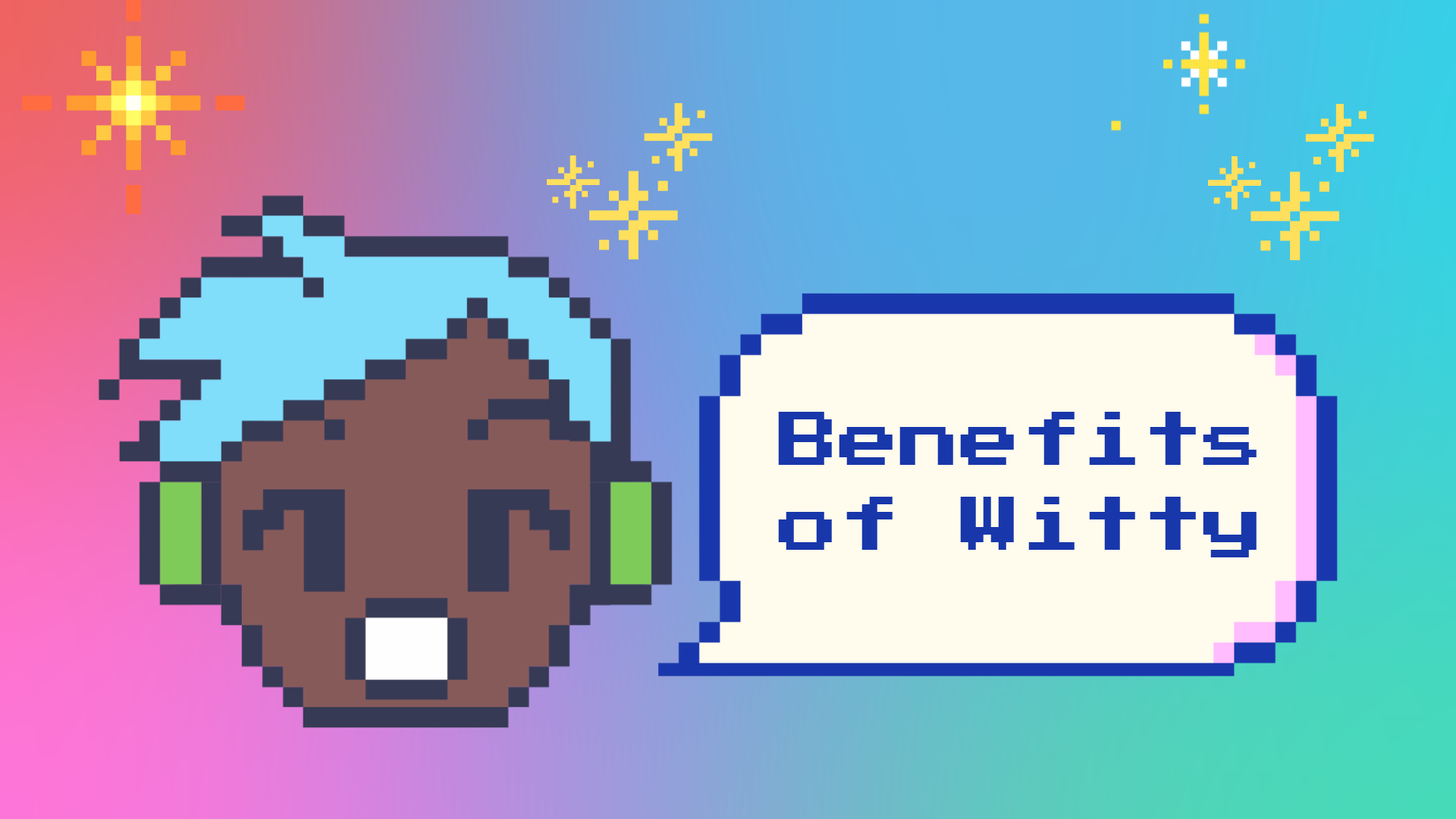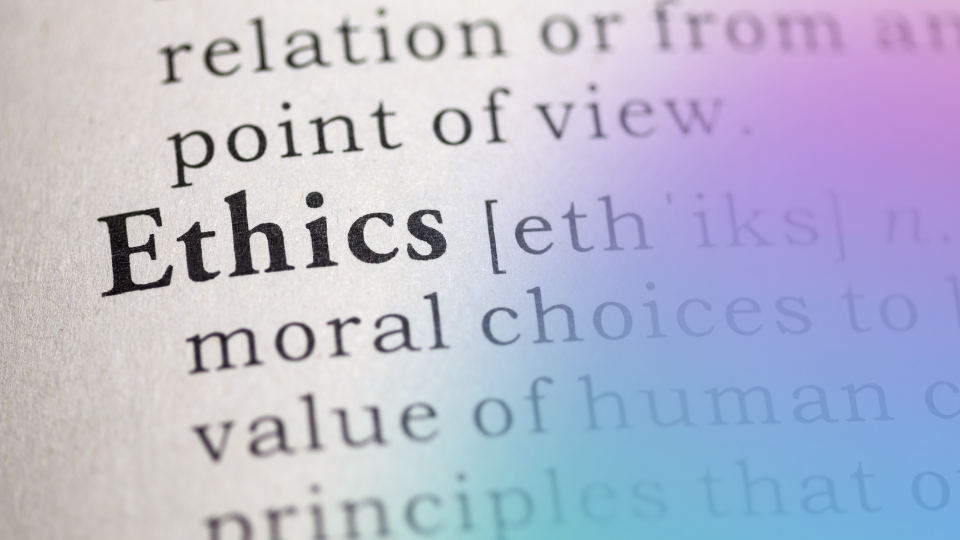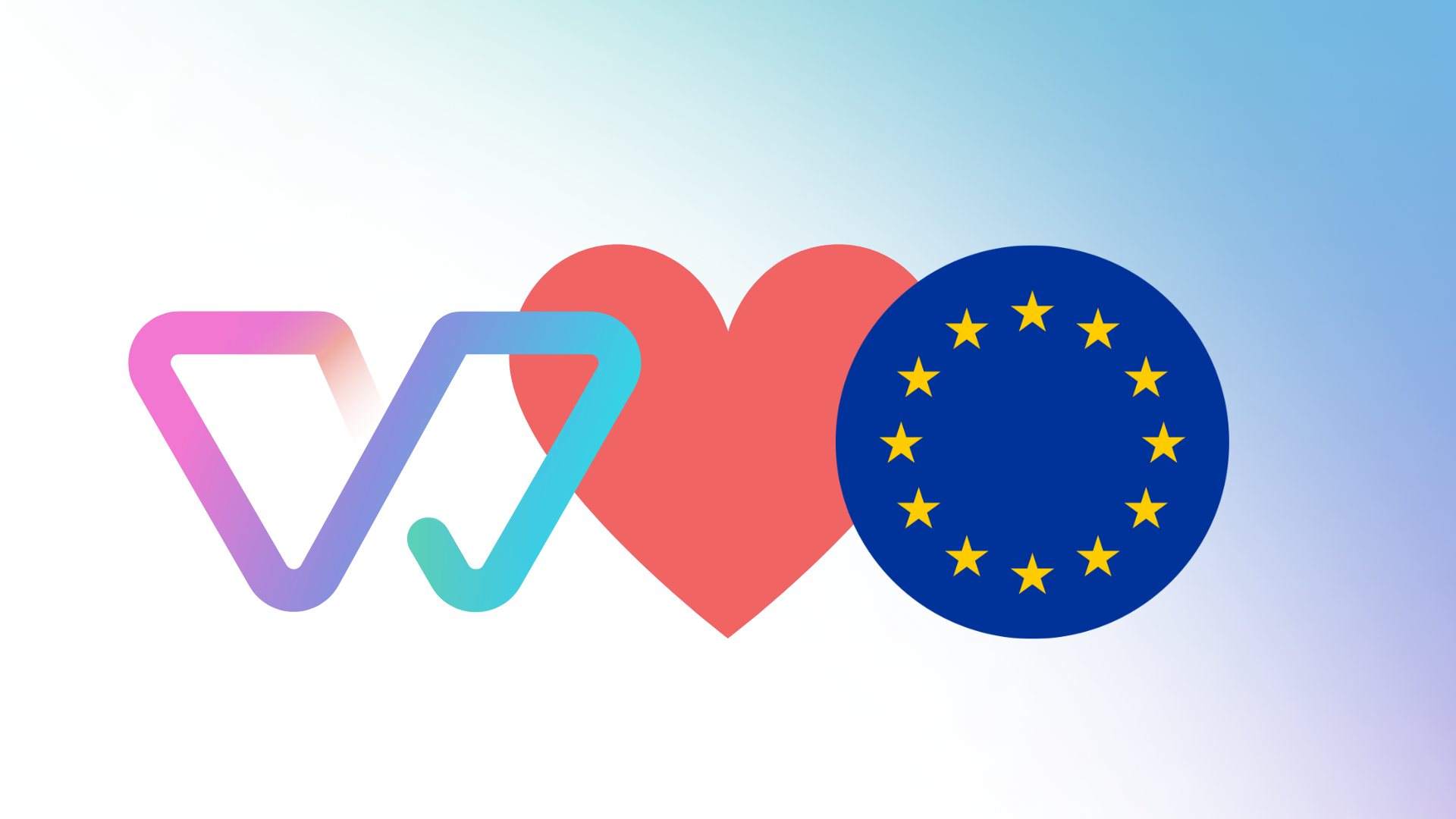Recently, it was time to get my bicycle fixed. Something kept cracking around the wheel every time I turned the pedal. Since I could not detect where the noise came from myself, I assumed that it was something complicated to repair. So, I went to a repair shop. When I entered the store, a guy of Sri Lankan origin stepped out from the workshop in the back of the store and came towards me. Knowing that to explain the issue would already be complicated and repairing even more so, I instantly thought that he is the wrong person I have to talk to. And, within a strike of a second, I said in high German (the language of choice when you talk to non-Swiss): “Can I talk to the boss? I have a complicated problem with my bicycle.” The moment I finished my sentence, I knew it was wrong - but too late. And my regretting feeling immediately got confirmed. The guy responded to me in perfect Swiss dialect: “I am the boss. May I help you?”
Oh my God, what had just happened? How could I say such a horrible thing? I have lived in different countries, appreciate different cultures and have lived with people of color. So, how can it be that my intuitive reaction was highly racist? (And you can bet that I am embarrassed about it until this day).
My mind fell into the trap of unconscious bias.
What is unconscious bias?
«A cognitive bias is a systematic pattern of deviation from rationality in judgment. [...] This may lead to perceptual distortion or illogical interpretation.» (1)
In other words: We as humans unconsciously take sides in favor or against a thing, a person or a group when we interpret our surroundings. We create our own subjective reality, based on patterns that we have learned throughout our lives. And from there, we derive our behaviors.
To make these theoretical explanations a bit more tangible, consider this picture. (2)

Most people tend to say that A is darker and B is lighter. Me too. But look at this picture.

The two squares are the exact same color. (No joke! And I am not tricking you.)
By putting the two bars into this picture, I let you see the true reality or in other words, I remove your subjective perception and show you the objective information.
Well intentioned, our brain tricks us. It makes logic out of the given information so that we can understand more easily and cope better with the world. Because there is a checkerboard and a shadow falling onto it, our brain repeats the pattern and sorts squares into shades of colors. This all happens on an unconscious level. And even if we go back to the first picture, knowing what we know now, we find it almost impossible to see the same color (at least, I certainly don’t).
Effects of unconscious bias
Unconscious bias drives us towards decisions that are not intentional but happen to us automatically. We cannot control it. In many cases, unconscious bias is necessary because it makes sure we survive (we refrain from stepping into the street when hearing a car) or helps us to categorize information very quickly. Thus it often has a positive effect.
But in some cases unconscious bias has negative effects.
The environment in which we grow up or live - family, friends, media -, constantly confronts us with different beliefs and values. Some values may be so overtly unfair that we can reject them. A good example here is national-socialism and its detestable politics and actions. But many transported values and beliefs that are unfair are perfidious and are not consciously noted.
Let me give you one example: Parents tend to give less household work to their boys than to their girls, replicating a behavior they have themselves incorporated.
Consequently, such kids unconsciously take over that value. Later on in their lives they repeat that behavior. Male adults help less in the household because they do not see it as “normal behavior” of a man. And we all tend to think that household work is more of a 'female thing'.
In consequence, most of us (all genders) more easily accept that women will take over the household work and that men are rather made for external representation (work, social events, etc.). Even though, objectively seen, there is absolutely no reason why this should be the case and is also highly unfair. The negative effect is that all genders are pushed into traditional roles in which individuals may not feel comfortable at all. The bias limits their freedom as individuals and the development of their full potential as humans.
This is true for many biases that we live with. They trigger our behavior by which we push humans into pigeonholes, thereby limiting their freedom to develop as they wish.
We are not powerless against unconscious bias
Already difficult enough to realize that such unconscious biases exist and turn into detrimental behaviors, it is even more difficult to eradicate them. Humans can for example be consciously anti-racist - as I would call myself - but the beliefs are incorporated on an unconscious level and will, even if I totally reject it on a conscious level, determine my behavior.
And so I come back to my little story at the beginning. I overtly am in favor of people with Sri Lankan origin to become entrepreneurs and holding their own businesses. I also like how Zurich is multi-cultural and hope that it becomes more so at every level of society. But apparently my unconscious bias told me something different and influenced my behavior. Apparently, I must have falsely incorporated that Sri Lankan men are “assistants only”, that they are limited in their know-how of bicycles and that they speak only basic German.
So, unconscious bias has effects in our daily lives. And especially in the workplace they can have detrimental consequences. But we are not powerless when it comes to unconscious biases. There are ways we can mitigate their effect on us. But the very first step is to be aware that unconscious bias exists and to acknowledge that we are all biased in very different ways.
I hope that my example and the checkerboard example could make you aware of unconscious bias. Stay tuned. Follow our blog post series where we talk about the most important type of biases and their effects in the workplace.
Next to come up: “Blind spot - the bias within the bias"
If you are looking for a digital writing assistant for inclusive language, try out Witty for free. Witty detects non-inclusive language and provides ongoing training on unconscious bias and operationalizes inclusion.
(1) from Wikipedia https://en.wikipedia.org/wiki/Cognitive_bias
(2) from "What works: Gender equality by design", Iris Bohnet, Harvard University Press, March 2016





